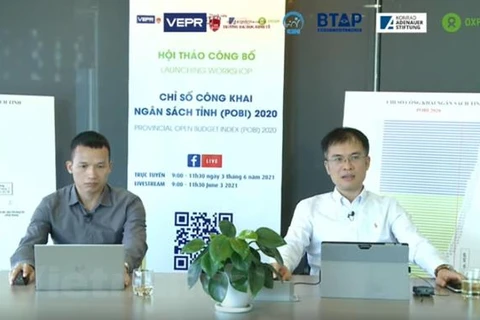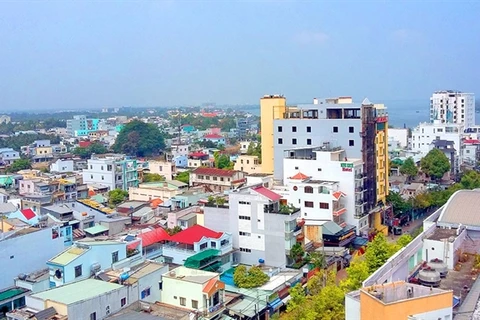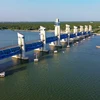Hanoi (VNA) - The Vietnamese Government and the World Bank (WB) have signed a 126.9 million USD financing agreement to improve access to infrastructure, connectivity and reduce flood risk in the urban core of Vinh Long city in the Mekong Delta province of Vinh Long, the WB said on January 6.
The 126.9 million USD credit is provided through the WB’s International Development Association (IDA). The project is being co-financed by a 19.5 million USD grant from the Development Related Infrastructure Investment Vehicle (DRIVE), a facility provided by the Dutch Ministry of Foreign Affairs. The balance of the project cost is to be funded by the Vietnamese Government.
Vinh Long City is strategically located along the economic corridor that connects Ho Chi Minh City with the Mekong Delta, and has great potential to become a regional hub for agribusiness, trade, and tourism. However, flooding and poor environmental sanitation are major impediments holding back the city’s development. Located at a low elevation on the Tien River plain, about 60 percent of the city is prone to flooding.
The Vinh Long City Urban Development and Enhanced Climate Resilience Project, at a total cost of 202.2 million USD, will help remove physical constraints to development in the urban core area through the development of flood control systems, drainage, wastewater collection and treatment, and investment in key urban roads.
According to the WB, nearly half of the project’s funding will be used to develop flood risk mitigation measures, including embankments and tidal sluice gates, rehabilitation and upgrades of the canal and drainage system, and investments in green infrastructure to retain and infiltrate rainwater. The project will also support the building of three strategic roads that will improve the inter-city connectivity and further enhance the city’s flood protection capacity.
This project will further improve urban management and planning through investments in data, information and communication technology. Key components will include an integrated flood risk management information system, a geospatial data sharing platform, information, education, and communication campaigns, and improved transportation management./.
























